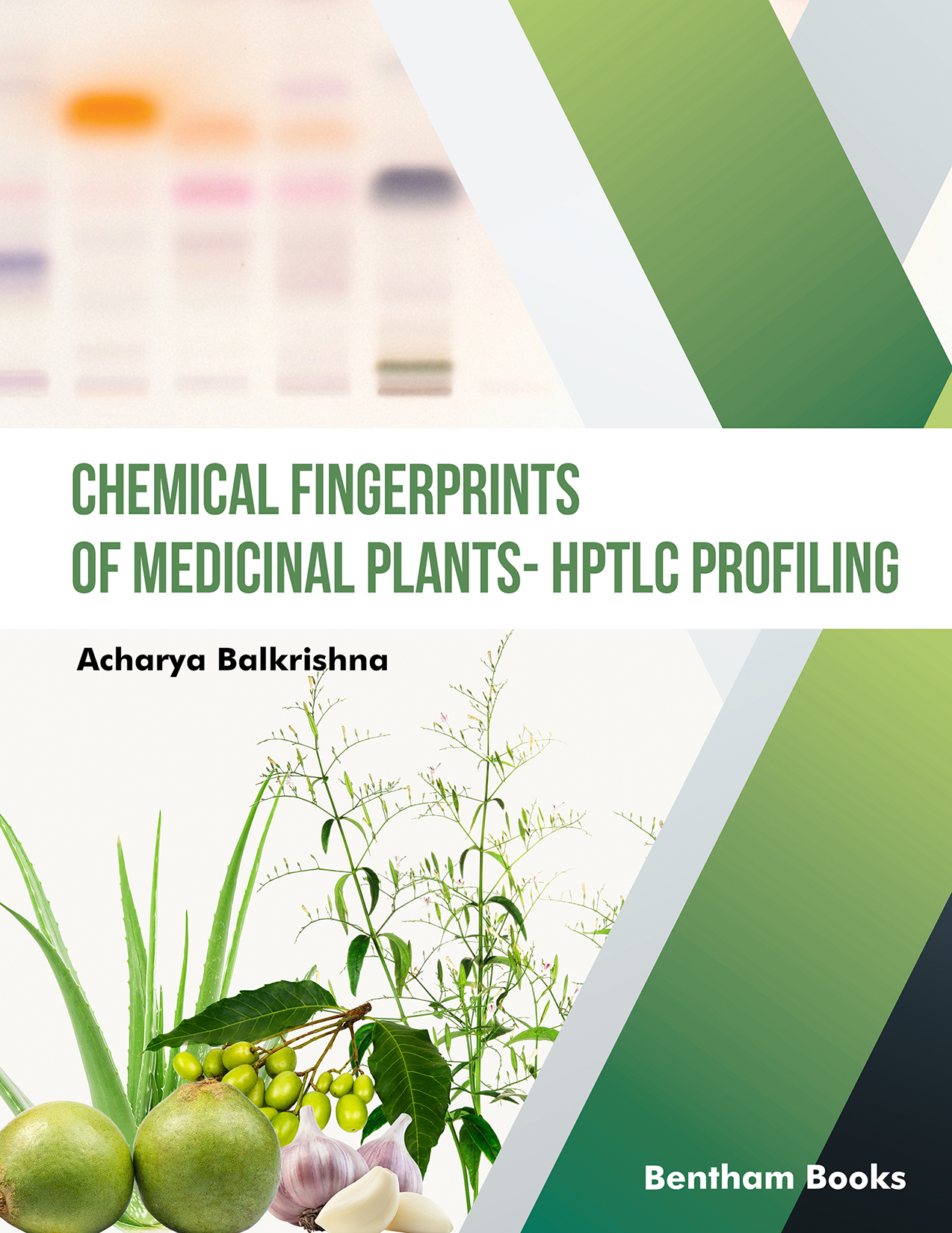Introduction
Chemical Fingerprints of Medicinal Plant- HPTLC Profiling gives an overview of the use of high-performance thin-layer chromatography (HPTLC) for profiling medicinal herbs. Starting with an introduction to HPTLC the book guides the reader through HPTLC instrumentation and laboratory application. Additional notes on the stationary HPTLC phases and hyphenating HTPLC with other analytical techniques are also provided. The book concludes with an exhaustive list of HPTLC fingerprints of many herbs that can be used in medicinal preparations. The book outlines a scientific approach to the identification and selection of herbs for preparing traditional medications. By reading this book, learners will be able to 1) understand the basics of HPTLC, 2) learn how to use the instruments for lab analysis and 3) quickly identify chemical fingerprints of important medicinal herbs.
Key Features
- - A concise overview of HPTLC and associated techniques
- - A Step-by-step guide to performing HPTLC analysis
- - Full color illustrations
- - An exhaustive list of HPTLC fingerprints for 108 medicinal plants, with botanical names
- - An appendix of TLC solvent systems and reagents for different phytochemical compounds and secondary metabolites
- - Simple language for easy understanding
- - Detailed bibliography
Chemical Fingerprints of Medicinal Plant- HPTLC Profiling is an essential handbook for scholars in analytical chemistry, plant science and traditional medicine who want to understand the application of HPTLC techniques for research and development in phytomedicine.
Readership
Scholars in analytical chemistry, plant science and traditional medicine who want to understand the application of HPTLC techniques in phytomedicinal research and development.

